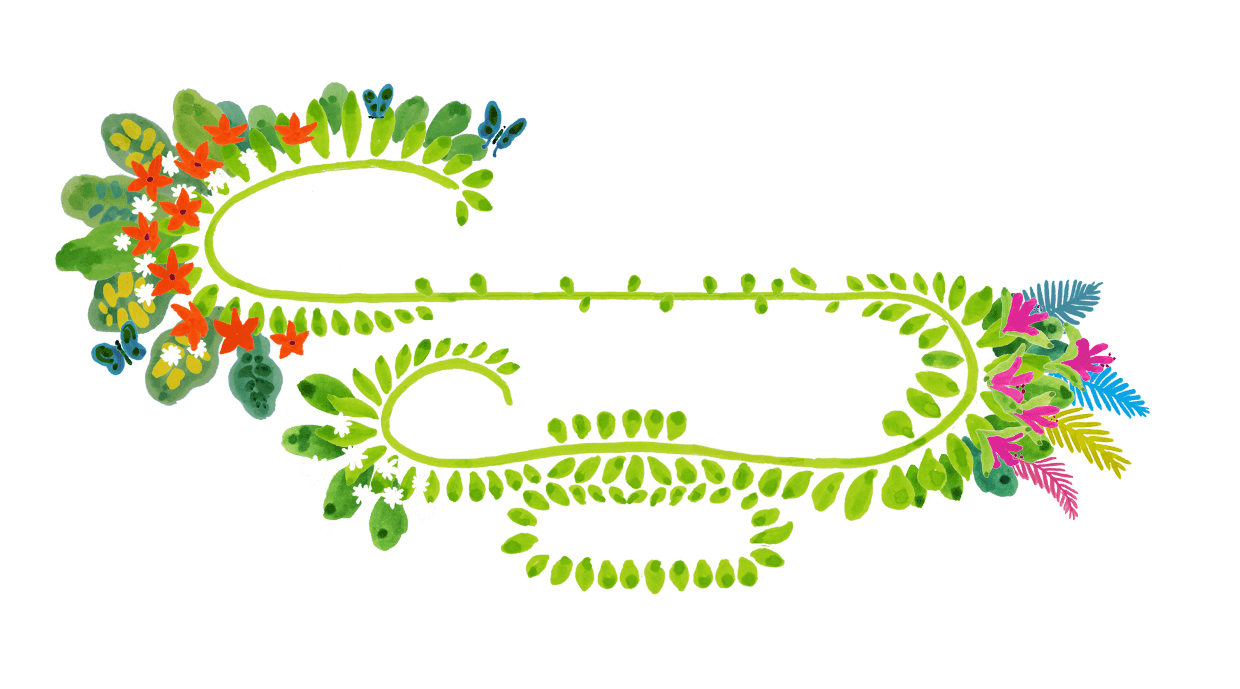
TOKYO, JAPAN
Kumano Shrine Forest
An ancient forest restoring paths to personal happiness.
After reading Chinju no mori, we invited Shinichi Meguro, chief researcher of IGES-JISE (Japanese Center for International Studies in Ecology) to research the forest that surrounds our facilities and found it had been an ancient woodland 9,000 years ago.
However, in the 20th century, the area around the forest was designated a quasi-industrial zone and buildings sprouted up, which led to the forest drying up. An asphalt path was made in the woods by scraping away leaf mold—which is said to accumulate only one centimeter in a century—from the forest floor. We plan to restore this to its original state.
Through this tree planting experience, we hope to convey the following message to the children: each forest has a different vegetation that suits it best. To understand the vegetation, you have to understand the local geography and history. Likewise, there are different kinds of happiness for every person. In order to find that, you must understand your family better.
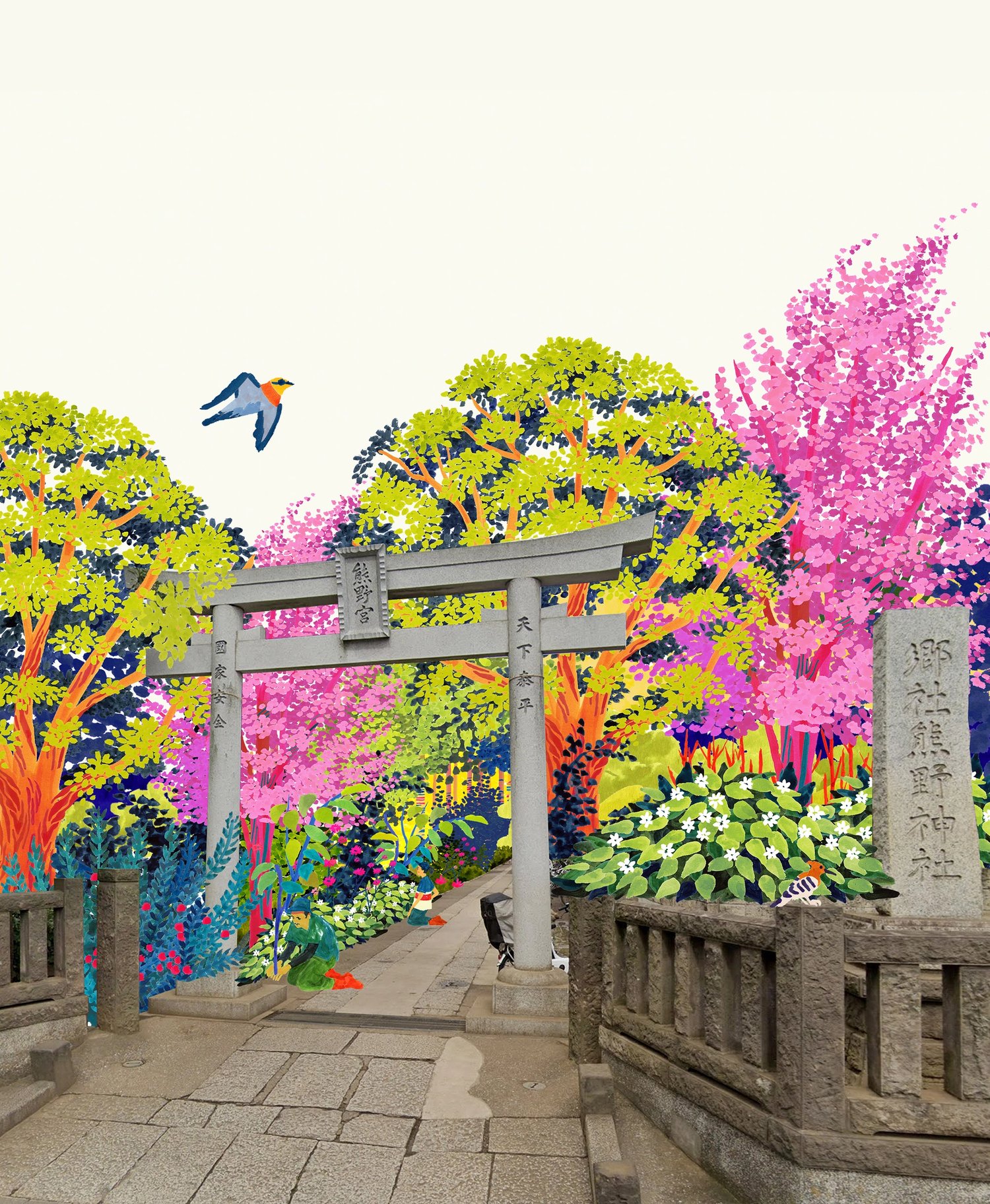
1,000
Trees
280
square meters
20
native species


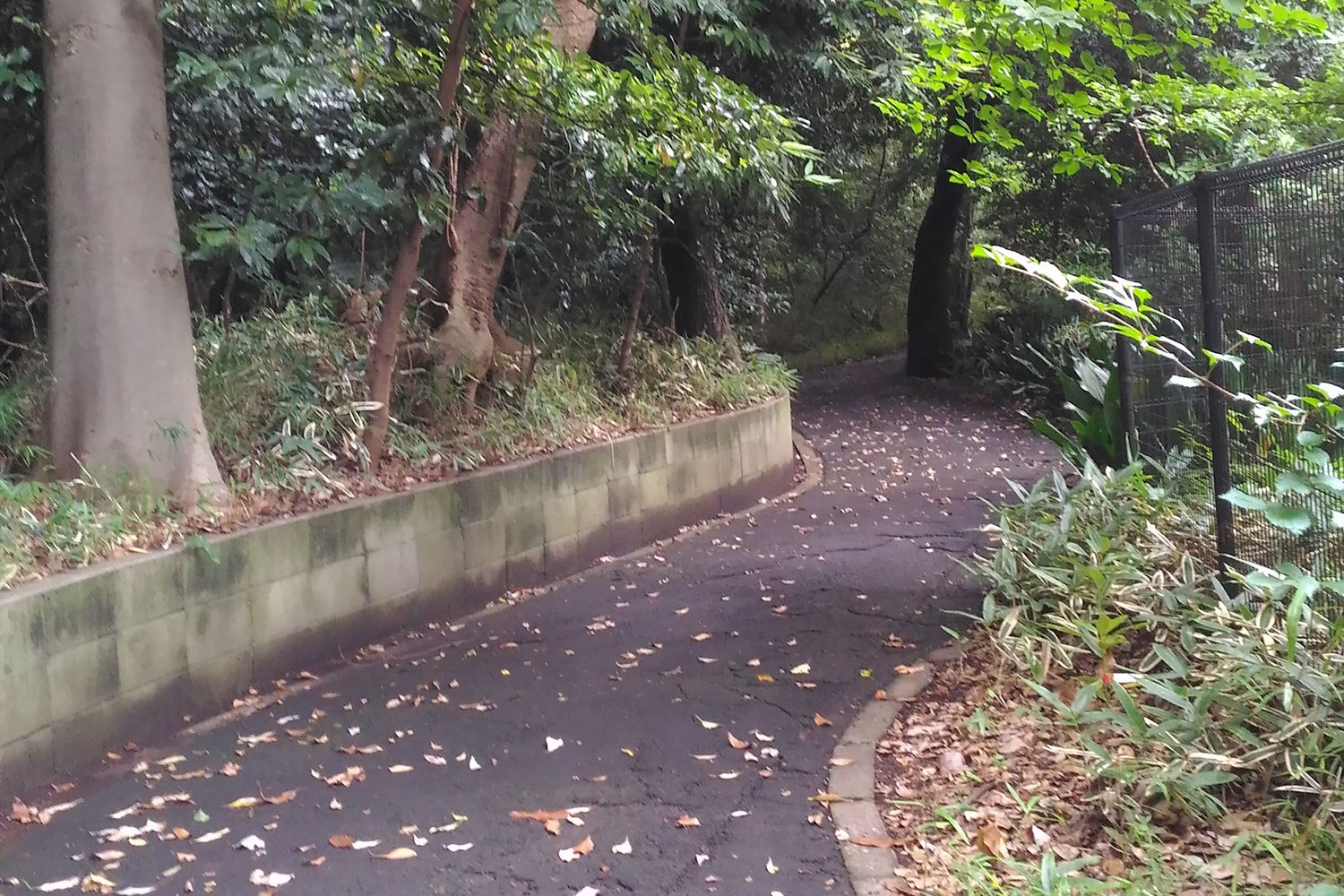
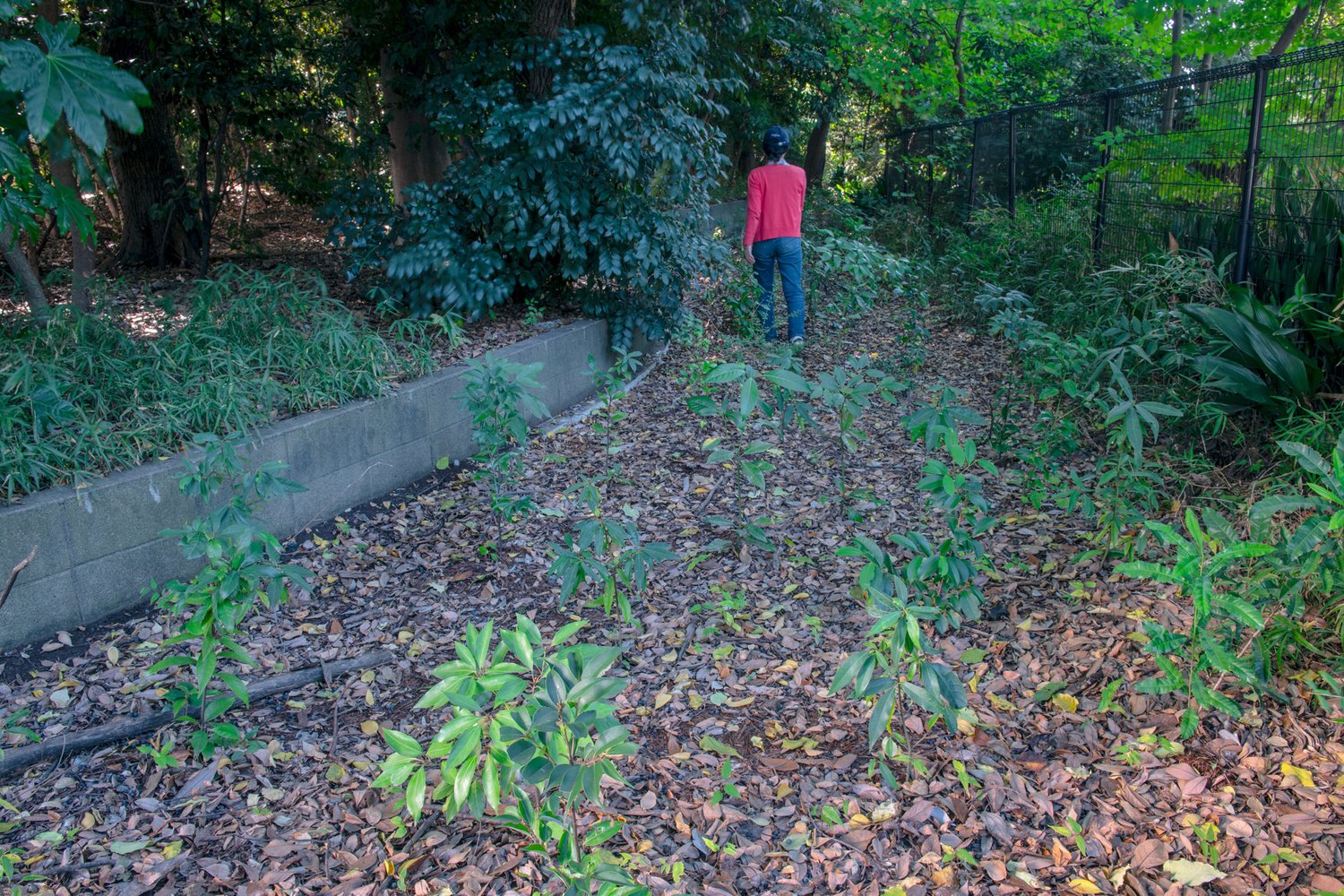
Forest Partner

Forest Report: 1 Year
DATE: 01.11.2022
Survival Rate: 96%
Average of Tallest 3 Trees: 82cm
There is steady growth within this pocket forest. Since the planting site is surrounded by the shrine forest it is shaded and does not receive much direct sunlight. This has meant that the growth rate is slower than with many Miyawaki forests, but the survival rate is excellent. These observations indicate that planting shade-tolerant species was the right selection for the area and that this will be a resilient pocket forest in the future, preventing aridification and the associated risk of landslides in the area.
There are significant positive community impacts of Kumano Shrine forest too. The children from the nearby Shiroyama Kindergarten, who took part in the planting, are able to interact with the forest regularly. Many of them live in homes with no outdoor space and so having access to this pocket forest is immensely valuable in cultivating their understanding of nature and how we are all stewards of the land upon which we live.
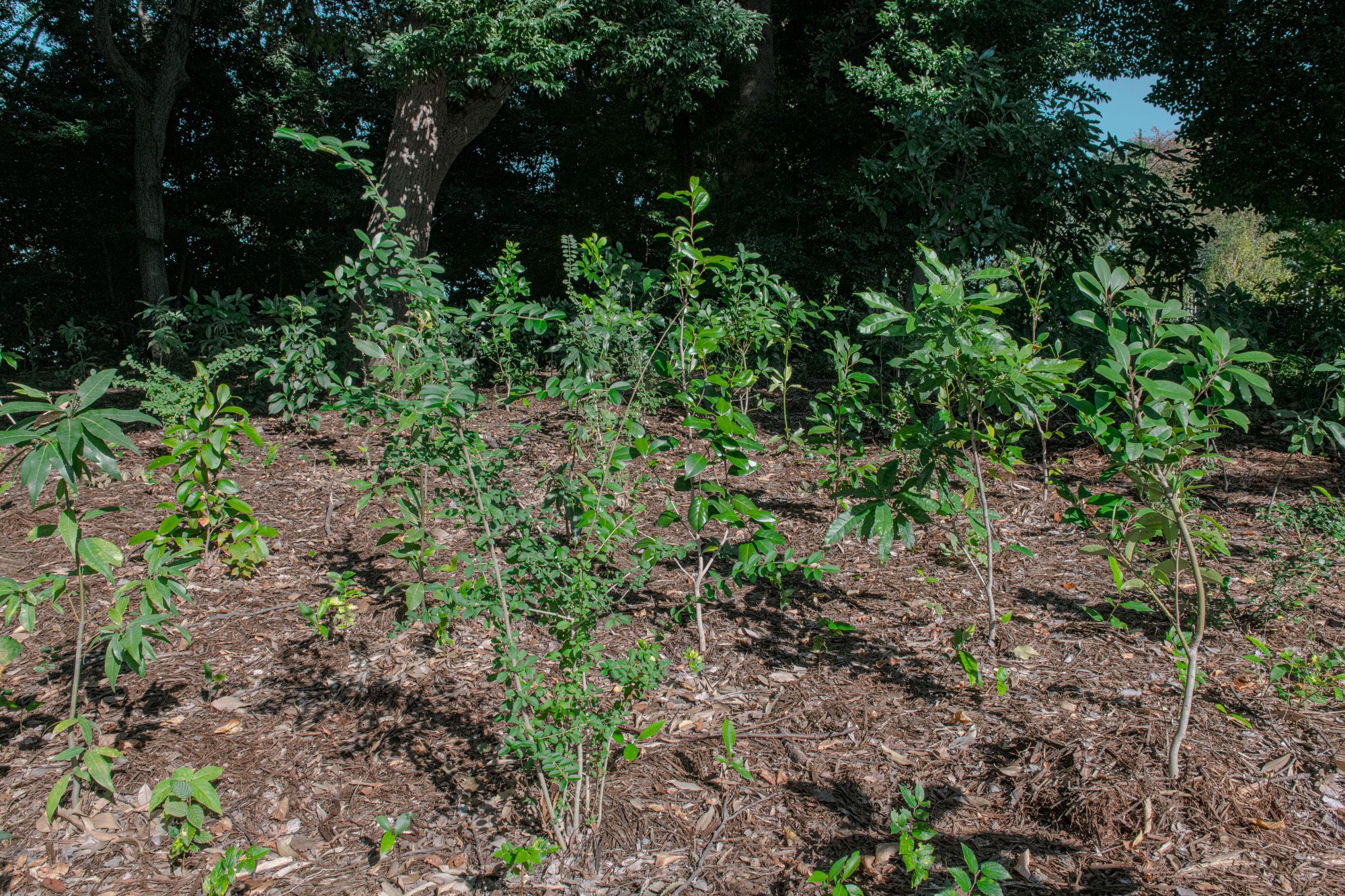
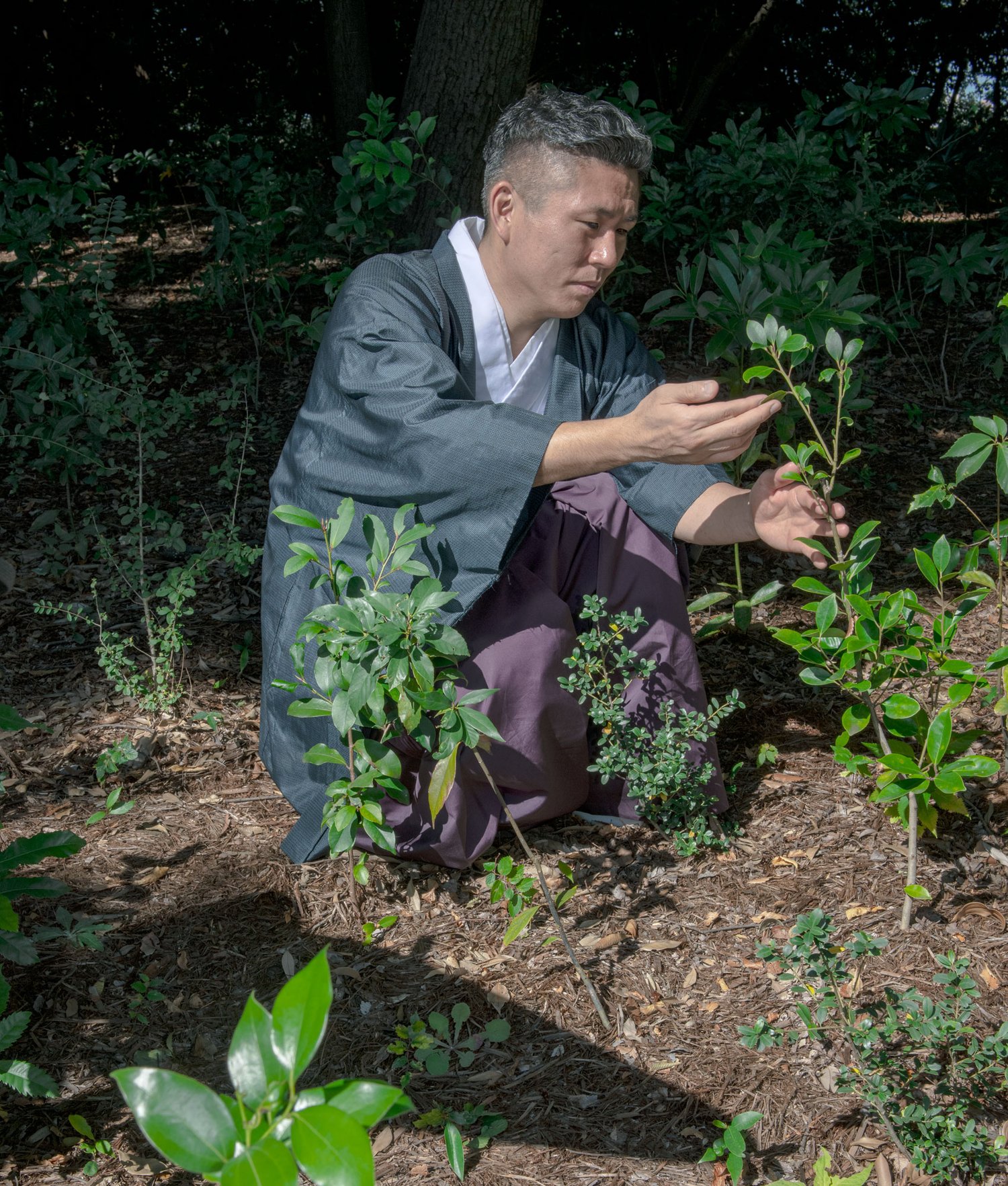
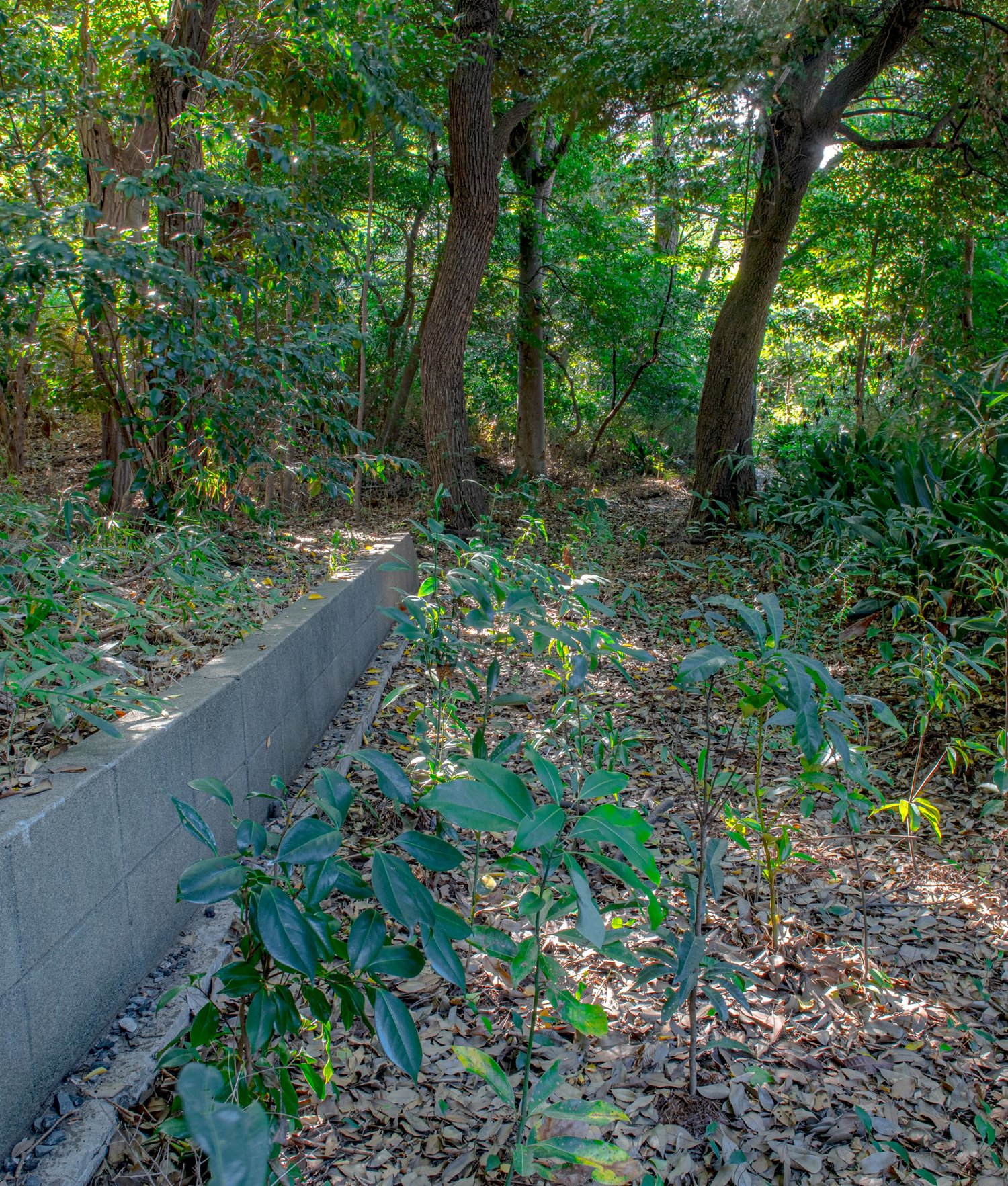
Biodiversity Notes:

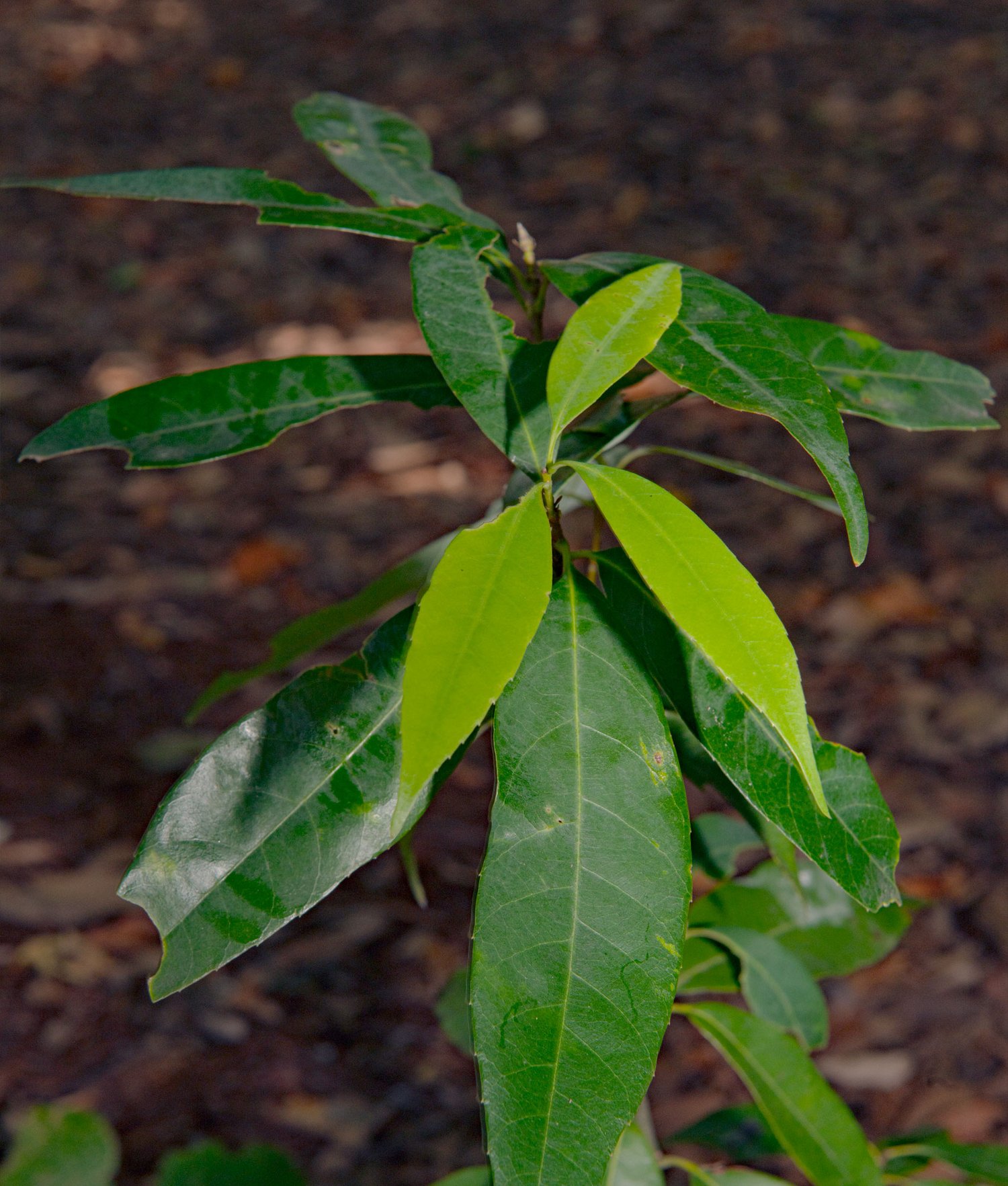
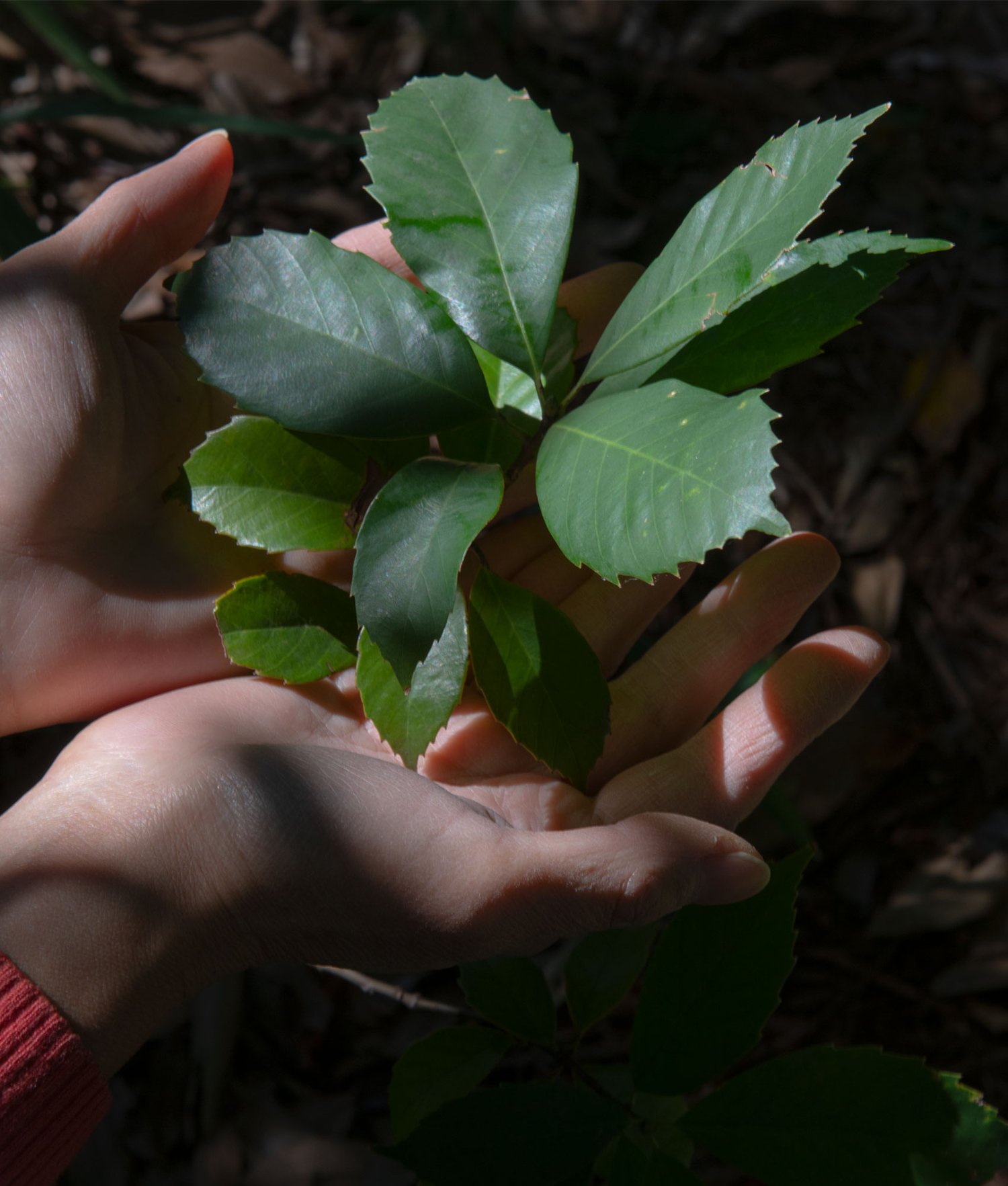
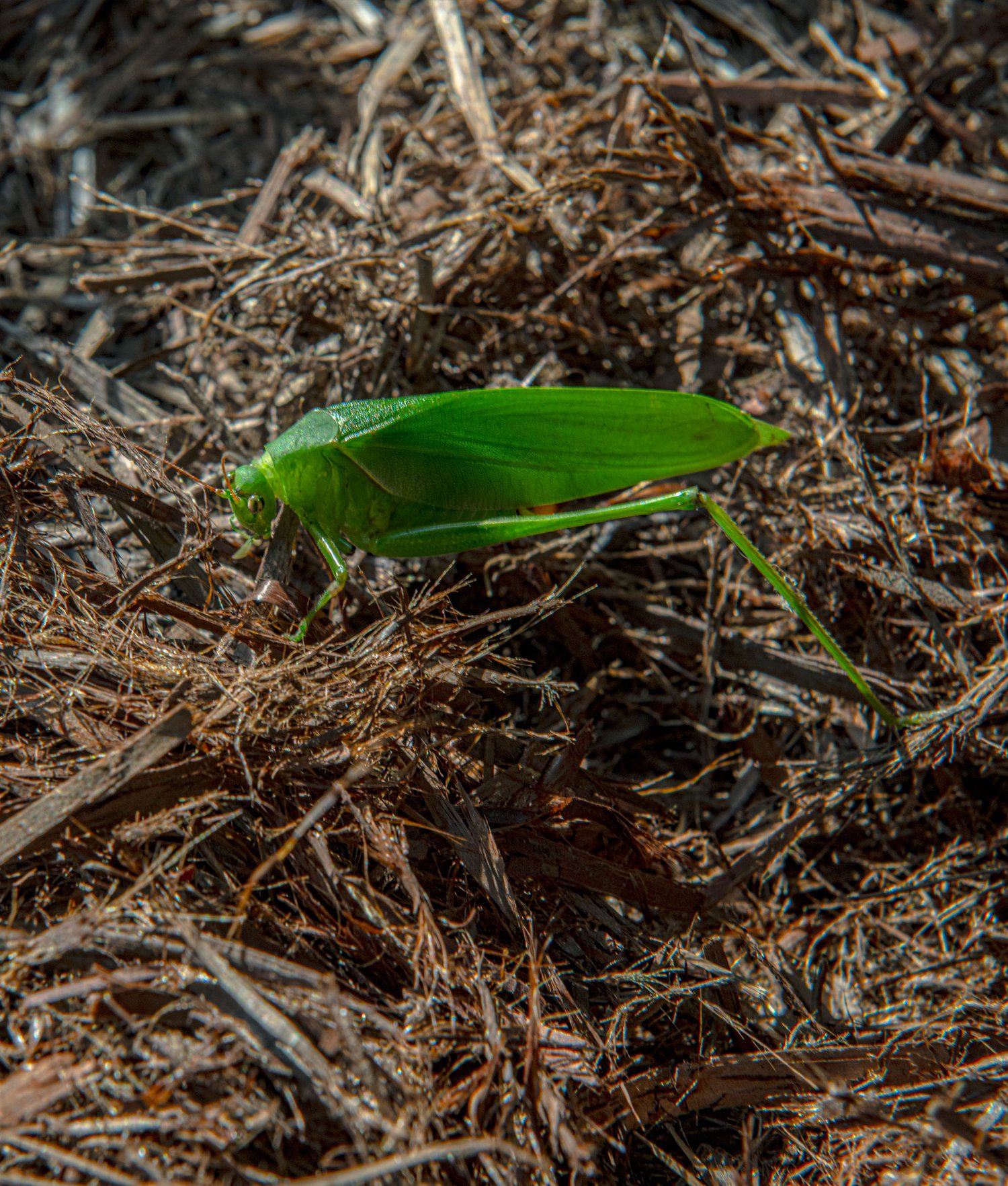
Forest Report: Planting
DATE: 01.11.2021

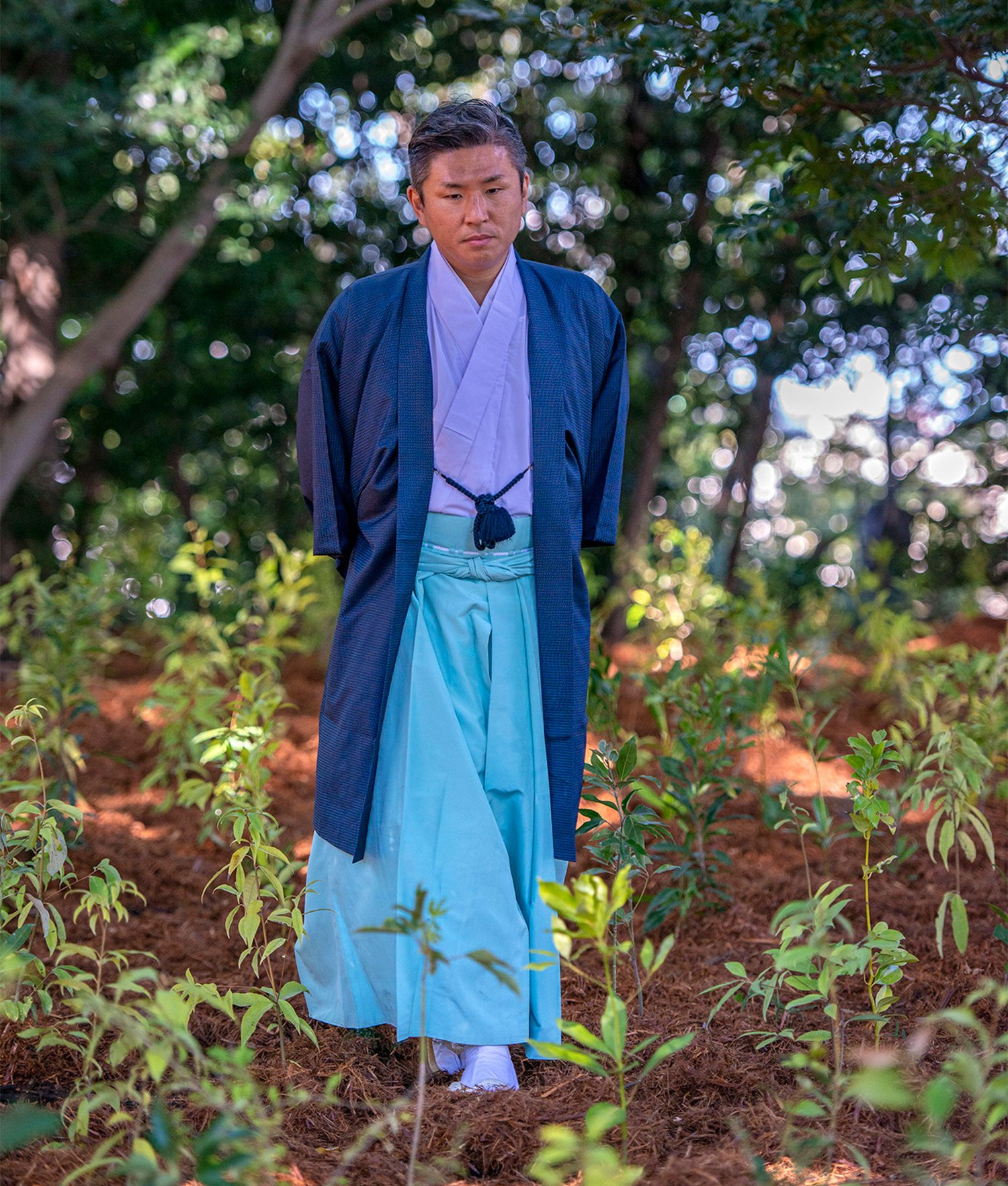
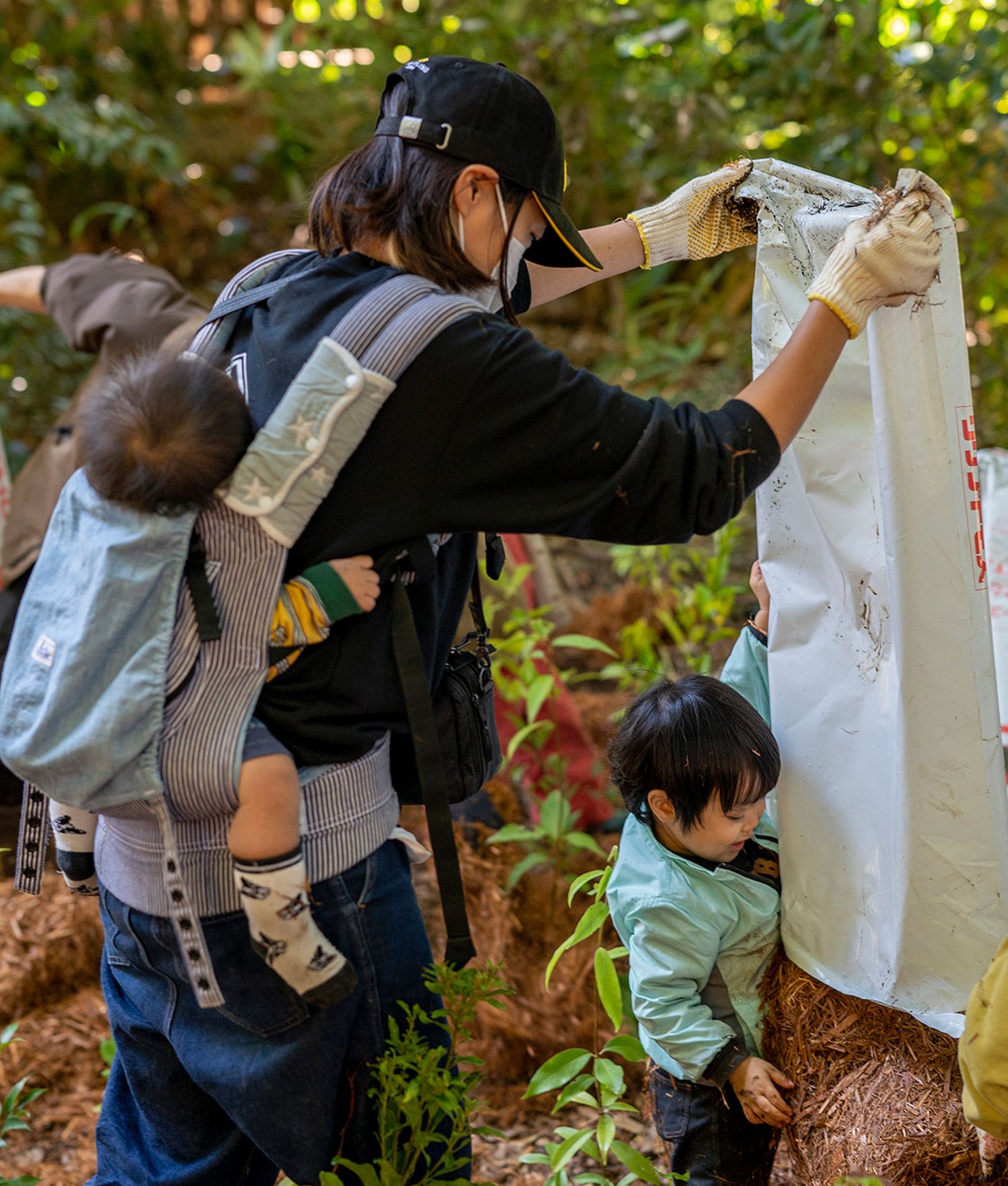
“I learned from Akira Miyawaki’s book that trees must be genuine, i.e. native, to fit the vegetation of the area and fully circulate with nature and the future. As an educator at a preschool, I know humans must be genuine and live in harmony with nature as well.”
— Akihiko Ishikawa, Chief Priest of Shiroyama Kumano Shrine
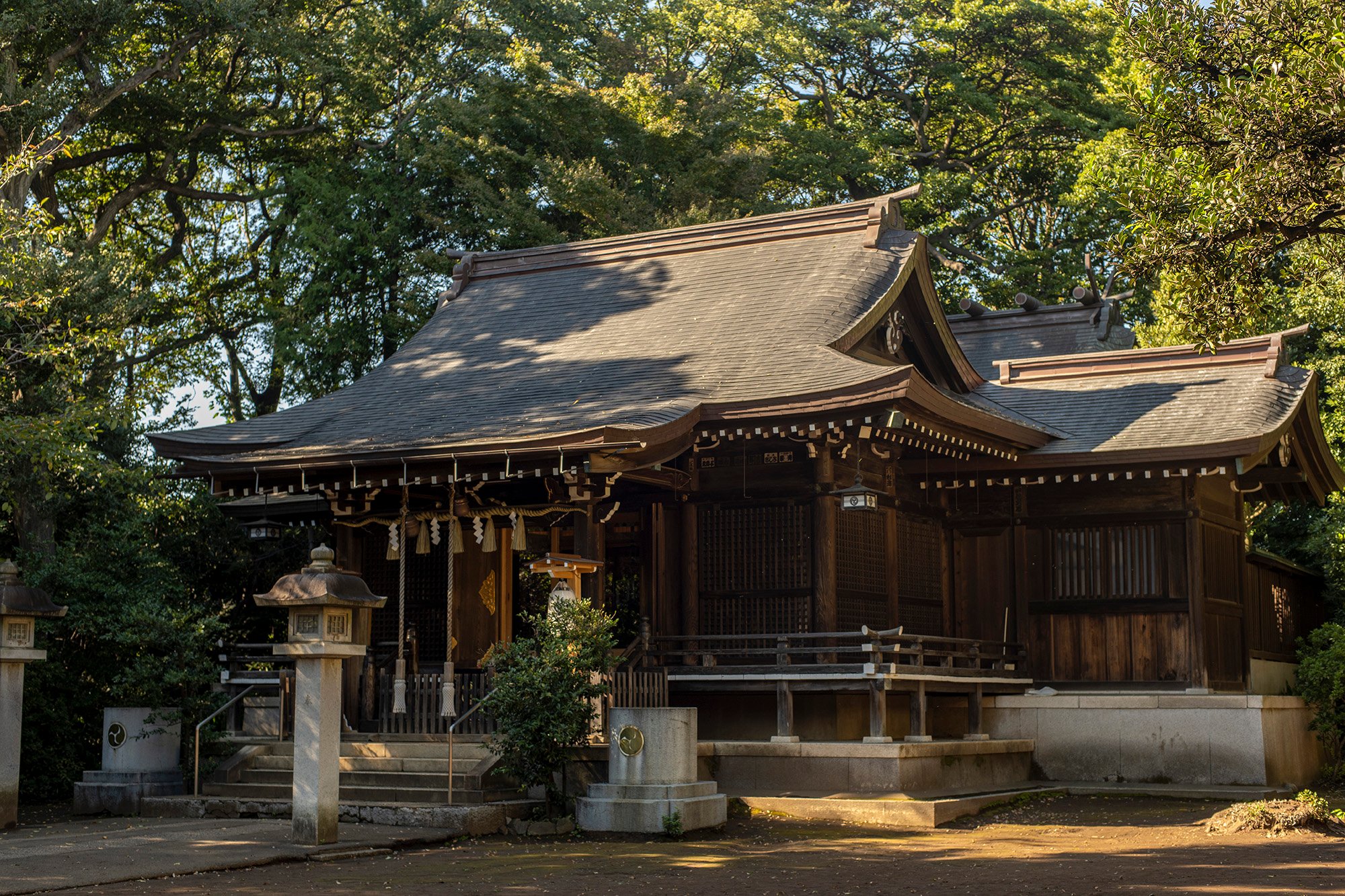
Discover more SUGi Projects

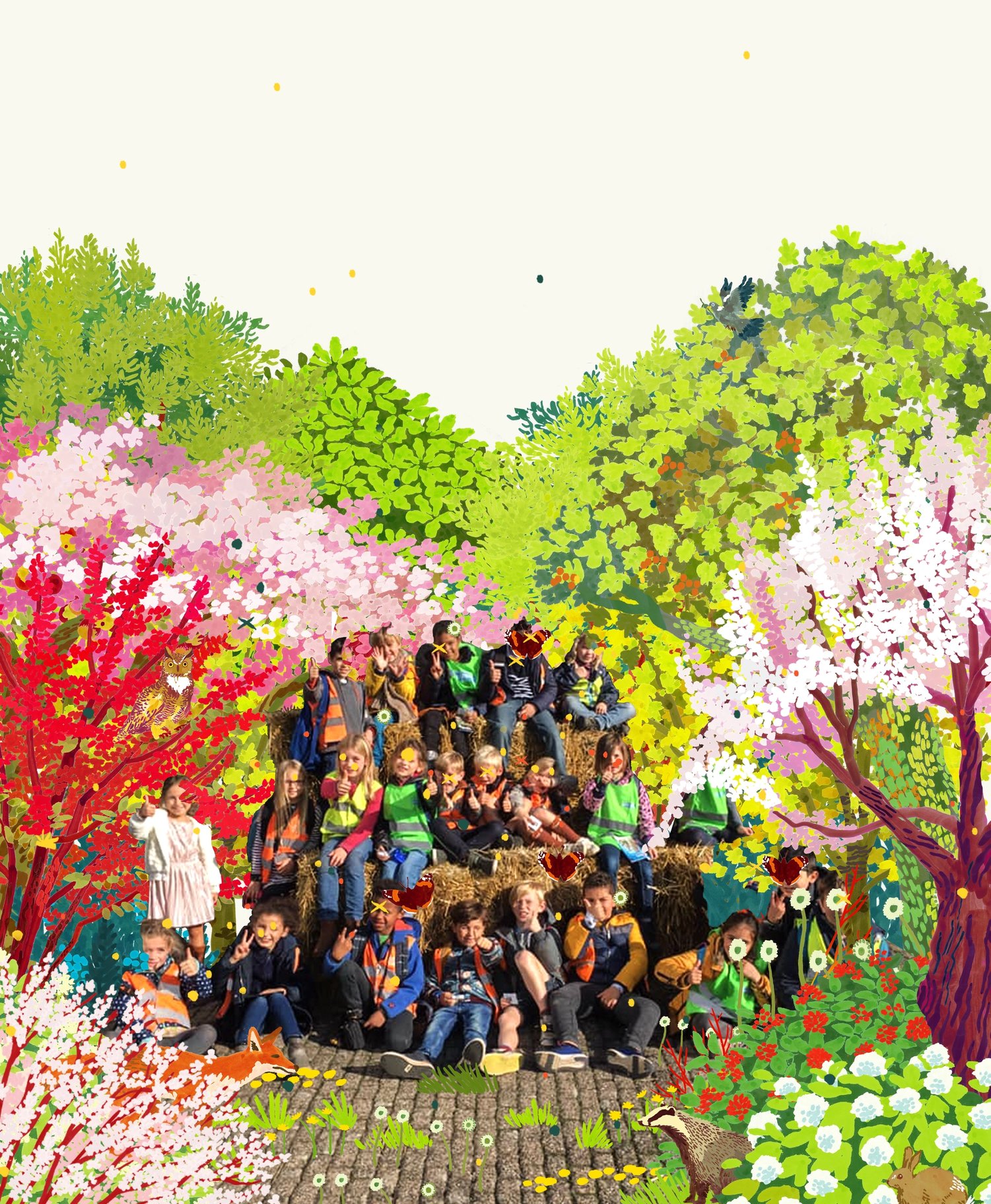
De Ark
A forest learning center in Sint-Niklaas


Langalibalele Forest
Cultivating a green oasis for community wellness and education.

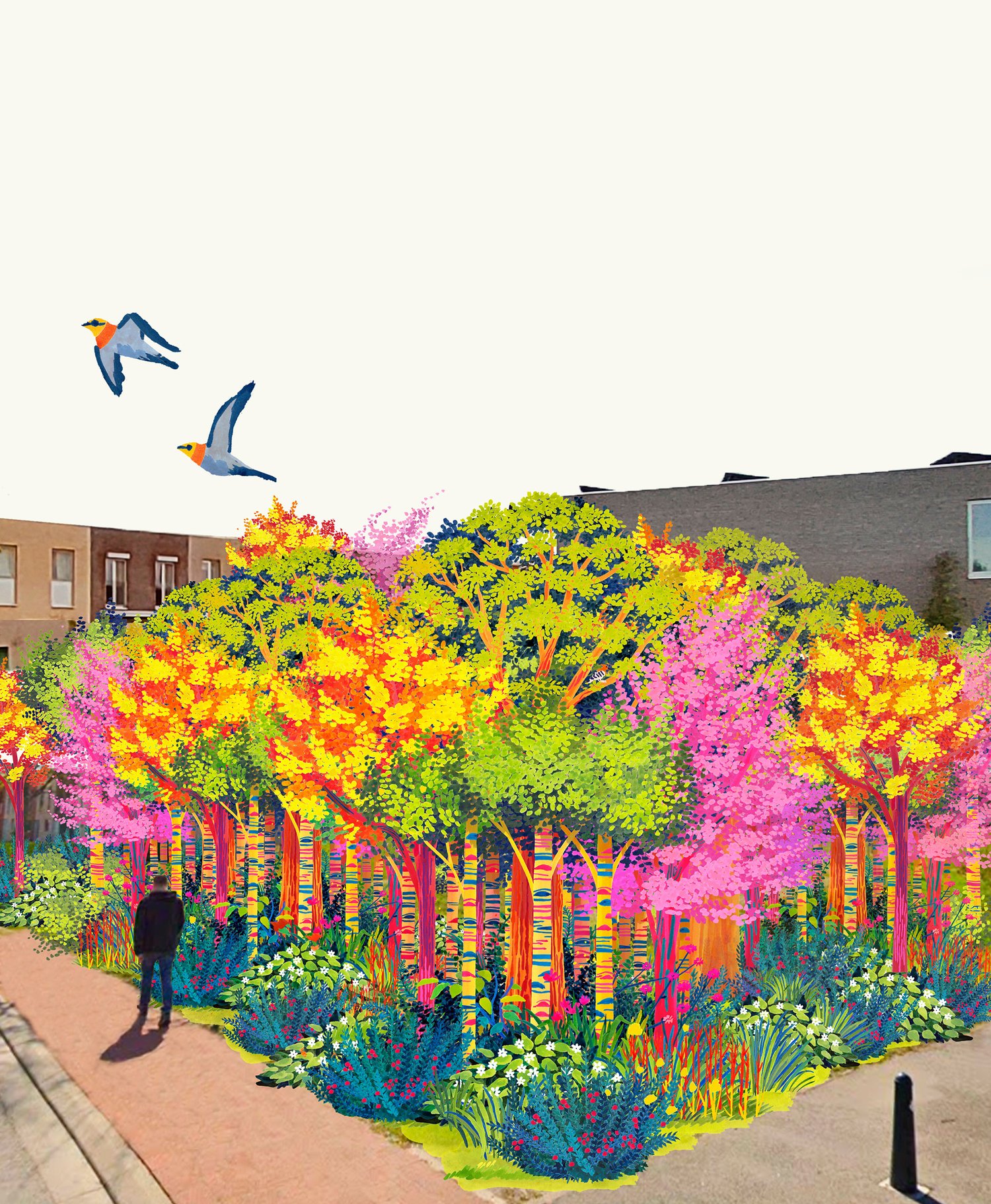
Papenhof Forest
Nature-based therapy at the heart of a city
